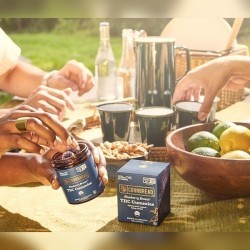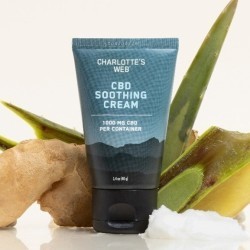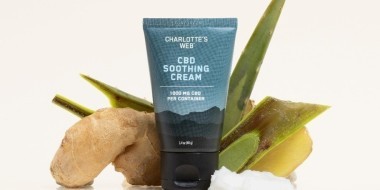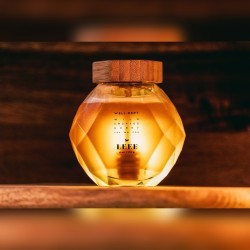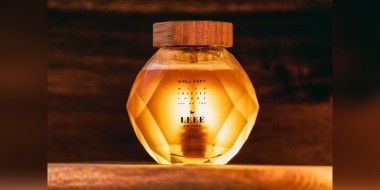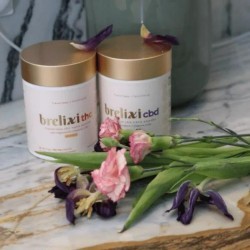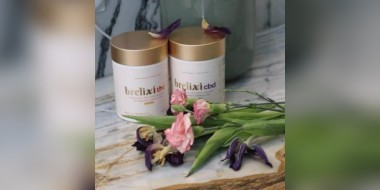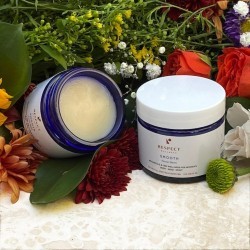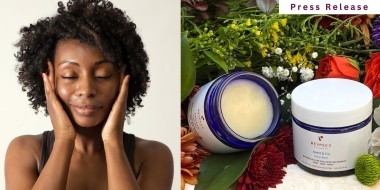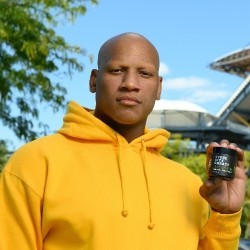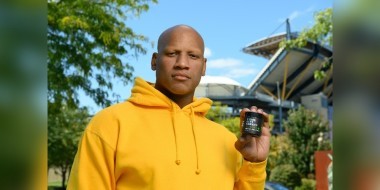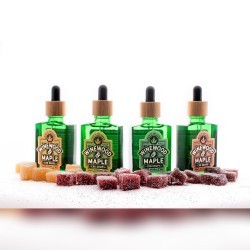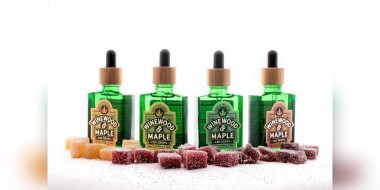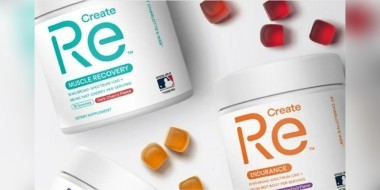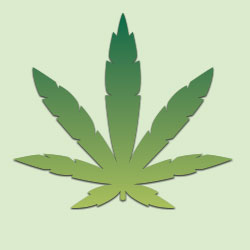CBD Cultivation
As a handful of states have moved to liberalize the legal regimes governing cannabis use and production within their borders in recent years, CBD cultivation - as a topic of interest - has exploded in popularity. More people than ever are looking to inform themselves about personal and commercial CBD cultivation.
Before diving deep into the topic, there is one thing you should know right off-the-bat. CBD is short for cannabidiol, a chemical found in the cannabis plant. It is distinct from THC, the primary chemical that causes intoxication.
CBD cultivation aims to grow a variety of cannabis - often called “hemp” - that lacks THC and is, therefore, not subject to the regulations governing THC cultivation. It is, however, still a heavily regulated industry (both federally and on a state level).
Commercial vs. Personal Cultivation
The primary ways personal CBD cultivation and commercial CBD cultivation differ are in their sheer scale. Commercial CBD operations usually involve hundreds or - more typically - thousands of plants from which the commercially valuable CBD is extracted. Personal CBD cultivation usually involves only a handful of plants.
Great care must be taken by personal CBD cultivators to comply with municipal- and state-level regulatory requirements. There are all sorts of zoning, health, and other regulations that govern and restrict the ways in which CBD may be cultivated. And these specific rules change depending on what municipality and state you’re in. For example, in some places you may not be permitted to grow CBD in an apartment or have more than a specific number of plants in a detached home.
